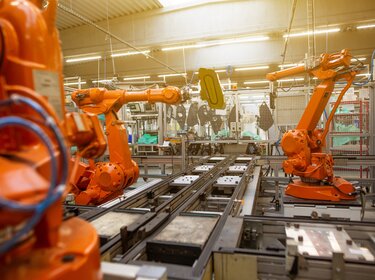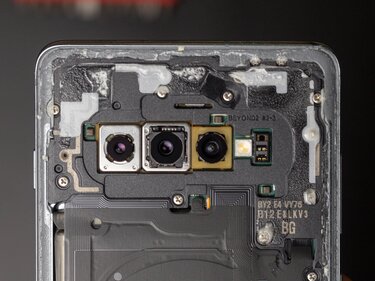Berlin, 18 April 2023 - The TÜV Association welcomes today’s adoption of the Machinery Products Regulation by the European Parliament, but sees further potential for improvements in safety levels. "The regulation is a long overdue step. For the first time, it establishes mandatory security requirements for networked devices, for certain tools with moving elements, as well as for machines and components in the digital world," says Dr Joachim Bühler, CEO of the TÜV Association. "In the future, the safety of machinery products will not only include health protection, but also digital safety and protection against cyber attacks." The provisions of the Machinery Regulation, which applies directly in all EU countries, are to be implemented after a transition period of 42 months. Its scope covers a wide range of machinery from lawnmowers and chainsaws to machines for lifting people and loads, presses, manufacturing equipment and robots with artificial intelligence (AI). The requirements also apply to light electric vehicles such as e-scooters and e-bikes.
For the first time, the new regulation provides for a mandatory independent assessment of certain high-risk machines before they can be placed on the market in the European Union. This applies, for example, to machines with AI-based safety components such as industrial robots or even vehicle lifts. "A mandatory independent assessment for high-risk machinery is overdue, as many of these products do not meet the health and safety requirements applicable in the EU despite their CE marking", says Bühler. In the view of the TÜV Association, a mandatory assessment by independent bodies should have been established for other machinery products with a particularly high risk potential as well, such as chain saws, escalators or certain machines for lifting and transporting people and loads. Official accident statistics confirm this view.
The TÜV Association welcomes that member states will in future have to collect data on accidents involving machinery products and submit it to the EU Commission. Up to now, a solid data basis in the Union to obtain a comprehensive picture of the hazard potential of certain machines is missing. "More products can be added to the list of high-risk machinery in the future if new findings from accidents arise or if technological progress makes this necessary," says Bühler. "In principle, all machines that pose a high risk to the life, limb and health of users should be assessed in advance by an independent body."
Given the growing use of artificial intelligence, a timely adoption of the planned AI Act at EU level is also necessary. "The AI Act will set additional requirements in terms of the quality of the training datasets, the robustness of the AI system or the transparency of the AI deployment to ensure the safety of AI-based machines," says Bühler.
The adoption of the new Machinery Regulation was preceded by a negotiation process of several years between the EU Commission, the EU Parliament and member states. The new regulation replaces the Machinery Directive, which has been in force since 2006. The legislator is thus reacting to the increasing digitalisation and connectivity of the machinery sector in the Internet of Things, the increasing spread of artificial intelligence and the growing automation of production. The new regulation will officially enter into force once published in the Official Journal of the EU.




